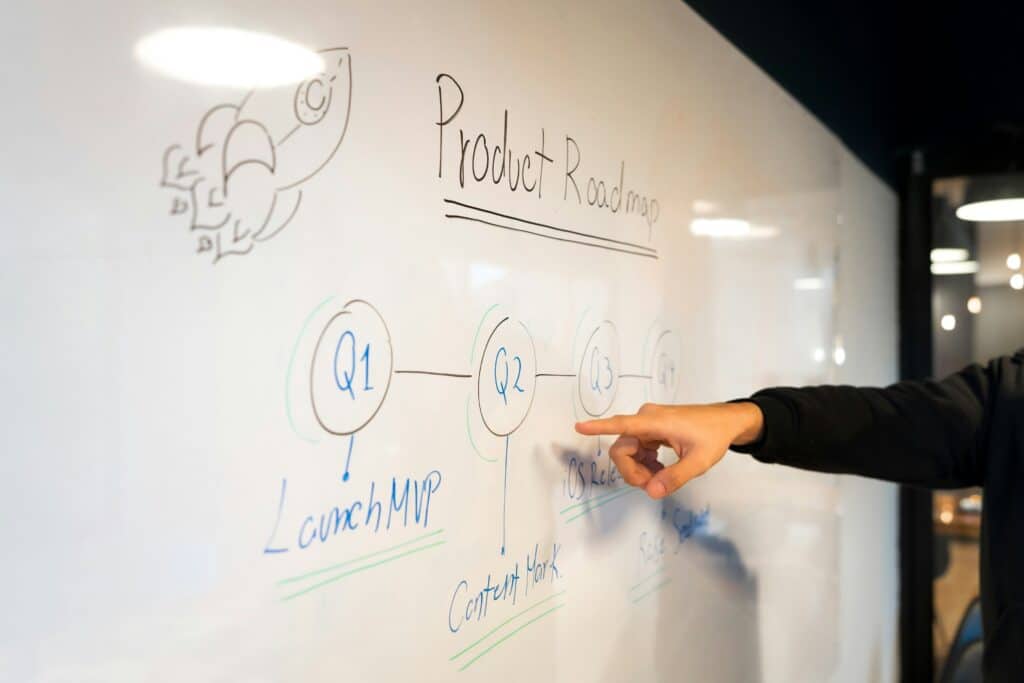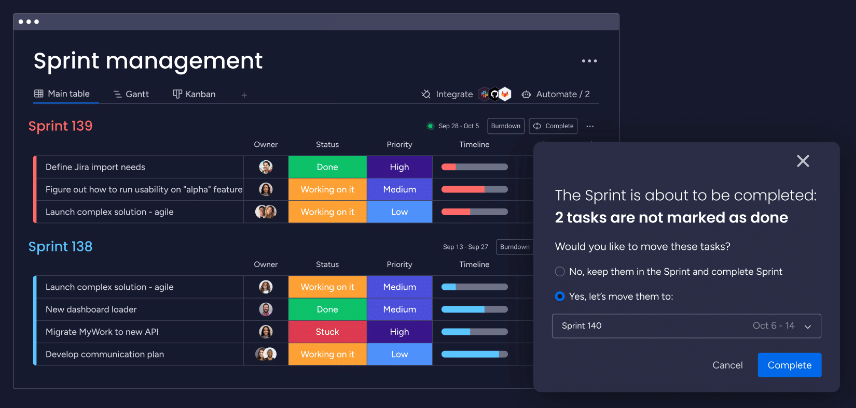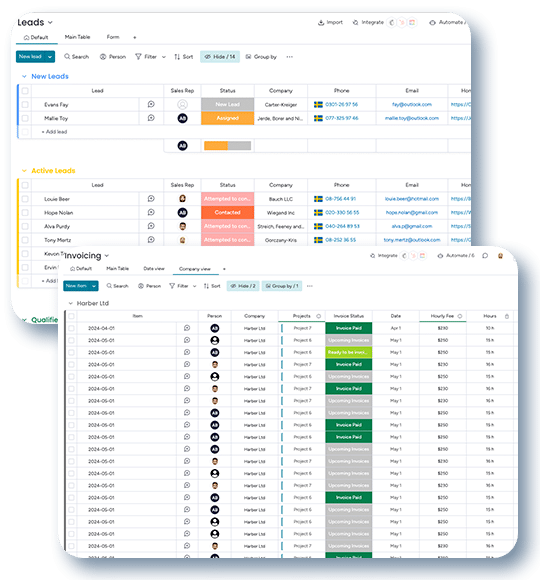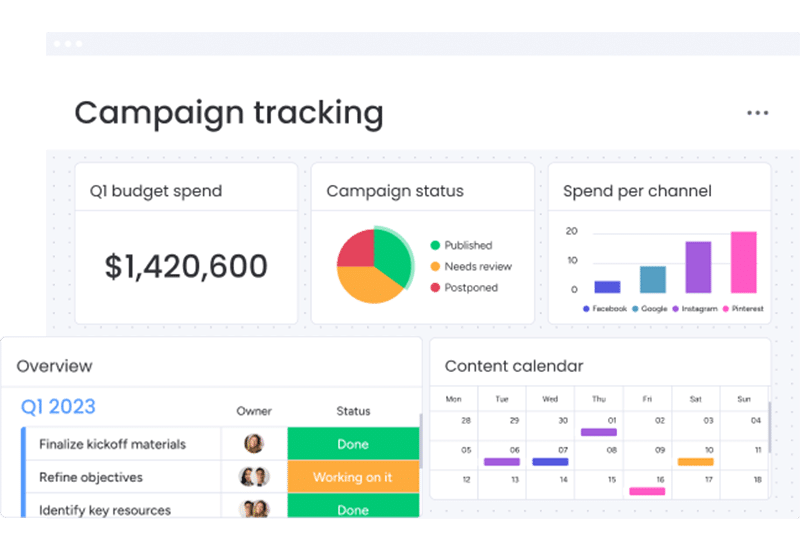Introduction
In today’s fast-paced business environment, team productivity isn’t just a goal—it’s a necessity. As projects become more complex and timelines more demanding, organizations are constantly seeking methods to enhance efficiency and output. This is where the concept of boosting team productivity with agile project management methods comes into play, offering a dynamic and effective solution to the challenges faced by modern teams.
Agile project management stands out as a transformative approach, differing significantly from traditional, rigid methodologies. It’s not just a set of practices, but a mindset that empowers teams to work more collaboratively, responsively, and with greater flexibility. In essence, Agile methods are designed to adapt to changing project requirements, ensuring that teams remain productive and focused on delivering value.
Throughout this blog post, we will delve into the core principles of Agile project management and how they contribute to boosting team productivity. We will explore practical steps for implementation and the measurable benefits of adopting Agile methods. By understanding and applying these principles, your team can enhance its productivity and enjoy a more cohesive and adaptable working environment.
Stay tuned as we uncover the secrets to boosting team productivity with agile project management methods and transform the way your team approaches projects.
Understanding Agile Project Management
To fully grasp how Agile project management methods are pivotal in boosting team productivity, it’s essential to understand what Agile is and how it fundamentally differs from traditional project management approaches.
What is Agile Project Management?
Agile project management is a methodology that emphasizes flexibility, continuous improvement, and rapid response to change. Originating from software development, Agile has now transcended into various business sectors due to its effectiveness in managing complex projects. It is not a single method but an umbrella term that encompasses various practices such as Scrum, Kanban, and Lean.
Principles of Agile
The Agile Manifesto, which laid the foundation for Agile project management, highlights four core values:
- Individuals and interactions over processes and tools.
- Working software (or product) over comprehensive documentation.
- Customer collaboration over contract negotiation.
- Responding to change over following a plan.
These values stress the importance of adaptability, team collaboration, and customer-centric product development, all crucial for boosting team productivity.
Agile vs. Traditional Project Management
Traditional project management, often characterized as a ‘waterfall’ approach, is linear and sequential, where each phase of the project must be completed before the next one begins. In contrast, Agile is iterative and incremental. Agile projects are broken down into smaller, manageable units, allowing teams to adapt and make changes more quickly. This adaptability is key in today’s dynamic business environment and is a major factor in boosting team productivity through Agile project management methods.
By understanding the essence of Agile project management, teams can begin to adopt practices that lead to greater productivity, flexibility, and ultimately, success in their projects. The next sections will further explore the advantages and practical implementation of Agile, illustrating how it can be a game-changer in enhancing team productivity.
Omnitas Newsletter
Sign up for our monthly newsletter to stay up-to-date on our latest blog articles, videos and events!
Thank you!
You have successfully joined our subscriber list.
The Agile Advantage for Team Productivity
Embracing Agile project management methods offers numerous advantages for enhancing team productivity. By understanding the unique benefits of Agile, teams can leverage its principles to achieve more efficient, dynamic, and successful project outcomes.
1. Enhanced Flexibility and Responsiveness
One of the most significant advantages of Agile is its inherent flexibility. Unlike traditional methods, Agile allows teams to adapt to changes quickly, whether in response to client feedback, market shifts, or internal reassessments. This responsiveness not only keeps projects on track but also ensures that the final product is more aligned with user needs, thereby boosting team productivity and satisfaction.
2. Increased Collaboration and Engagement
Agile methodologies promote a high level of team collaboration and stakeholder engagement. Regular stand-up meetings, sprint reviews, and retrospectives ensure that everyone is on the same page, leading to better communication and a shared understanding of project goals. This collaborative environment fosters a sense of ownership and accountability among team members, directly contributing to enhanced productivity.
3. Continuous Improvement and Learning
Agile is built on the principle of continuous improvement. Through iterative development and frequent feedback loops, teams can learn from each iteration, refine their processes, and improve their work quality. This ongoing learning process not only optimizes productivity but also encourages innovation and skill development within the team.
4. Focus on Customer Value
Agile project management methods put a strong emphasis on delivering value to the customer. By prioritizing features based on customer value and receiving regular feedback, teams can ensure that their efforts are always aligned with user needs and expectations. This focus helps in minimizing wasted effort and resources, thereby boosting overall productivity.
5. Better Management of Project Uncertainties
In Agile, uncertainties are not seen as setbacks but as inherent aspects of any project. Agile’s flexible framework allows teams to navigate uncertainties more effectively, reducing downtime and keeping the project momentum going. This resilience is key to maintaining high levels of productivity even in the face of challenges.
In summary, the Agile advantage for team productivity is multifaceted. It transforms the way teams work, think, and collaborate, leading to more efficient, adaptable, and successful project outcomes.
Implementing Agile in Your Team
Transitioning to Agile project management methods can significantly boost team productivity, but it requires careful planning and execution. Below are steps and strategies to effectively implement Agile in your team.
1. Cultivating an Agile Mindset
The first step in adopting Agile is to cultivate an Agile mindset across the team. This involves embracing principles such as flexibility, collaboration, and openness to change. It’s crucial to communicate the benefits of Agile to your team and encourage a shift from a traditional, fixed mindset to one that is more adaptive and growth-oriented.
2. Training and Skill Development
Proper training is essential for a successful transition to Agile. Consider providing workshops, seminars, or online courses on Agile methodologies. This will equip your team with the necessary skills and knowledge about Agile practices, roles, and responsibilities.
3. Selecting an Appropriate Agile Framework
There are several Agile frameworks, such as Scrum, Kanban, and Lean. Each has its own strengths and is suited to different types of projects and team structures. Evaluate your team’s needs, project types, and organizational culture to choose the most suitable Agile framework.
4. Implementing Agile Practices
Begin implementing Agile practices gradually. Start with key practices like daily stand-ups, sprint planning, retrospectives, and iterative development. Ensure that these practices are tailored to fit your team’s unique context and not just adopted verbatim.
5. Utilizing Agile Tools
Leverage tools and technologies that support Agile methodologies. Project management tools like monday.com can be incredibly effective in tracking sprints, managing backlogs, and facilitating collaboration. These tools help in visualizing workflows and keeping everyone aligned with the project’s progress.
6. Building Cross-Functional Teams
Agile thrives on the collaboration of cross-functional teams. Encourage the formation of teams that include members with diverse skills and backgrounds. This promotes a holistic approach to problem-solving and accelerates the delivery process.
7. Encouraging Continuous Feedback
Implement a culture of continuous feedback. Regular feedback from team members and stakeholders is crucial for the iterative improvement of processes and products. Encourage open communication and use feedback constructively to refine your Agile practices.
8. Measuring and Adjusting
Finally, measure the impact of Agile practices on team productivity and project outcomes. Use metrics such as velocity, sprint burndown, and team satisfaction to assess effectiveness. Be prepared to adjust your approach based on these insights to continuously improve your Agile implementation.
Implementing Agile project management methods is a journey that involves a shift in culture, processes, and mindset. By following these steps, you can set your team on the path to enhanced productivity and greater project success.
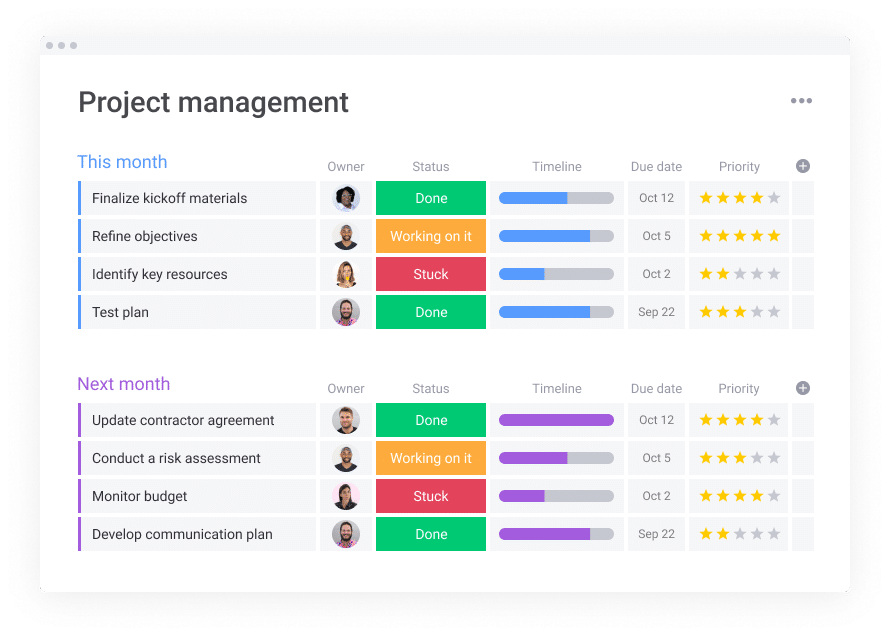
Measuring Productivity Gains with Agile
To truly understand the impact of Agile project management methods on boosting team productivity, it’s crucial to measure and analyze specific productivity gains. This assessment helps in validating the effectiveness of Agile practices and provides insights for continuous improvement.
1. Establishing Key Performance Indicators (KPIs)
Begin by identifying relevant KPIs that reflect your team’s productivity. Common Agile metrics include sprint velocity (the amount of work completed in a sprint), cycle time (the time taken to complete a task), and lead time (the time from project start to completion). These metrics provide a quantitative basis to assess improvements in team productivity.
2. Using Burndown and Burnup Charts
Burndown and burnup charts are essential tools in Agile for tracking the progress of sprints and releases. A burndown chart shows the amount of work remaining in a sprint, while a burnup chart displays the total work completed over time. These charts help in visualizing progress and identifying any bottlenecks affecting productivity.
3. Assessing Team Velocity
Team velocity, which measures the amount of work a team completes in a sprint, is a key indicator of productivity. By tracking velocity over several sprints, you can gauge whether your team is becoming more efficient and able to handle more complex tasks over time.
4. Evaluating Quality and Customer Satisfaction
Productivity is not just about speed but also about the quality of work and customer satisfaction. Measure the impact of Agile on the quality of deliverables and customer feedback. High customer satisfaction and low defect rates are strong indicators of productive Agile practices.
5. Continuous Feedback Loops
Agile emphasizes continuous feedback through retrospectives and reviews. Use these sessions to gather qualitative feedback from the team about what is working and what can be improved. This feedback is crucial for making iterative improvements to your Agile processes.
6. Analyzing Adaptability and Responsiveness
Evaluate how well your team adapts to changes and responds to unforeseen challenges. Agile’s ability to handle change effectively is a key factor in boosting productivity, and this adaptability should be assessed regularly.
7. Reflecting on Team Morale and Engagement
Finally, consider the impact of Agile on team morale and engagement. A motivated and engaged team is typically more productive. Assess how Agile practices have influenced team dynamics, collaboration, and overall job satisfaction.
Measuring productivity gains with Agile is a multifaceted process that involves both quantitative and qualitative analysis. By regularly assessing these aspects, you can gain a comprehensive understanding of how Agile project management methods are enhancing your team’s productivity and contributing to the success of your projects.
Conclusion
The journey of boosting team productivity with Agile project management methods is both challenging and rewarding. Throughout this blog post, we’ve explored the essence of Agile methodologies, their distinct advantages for enhancing team productivity, practical steps for implementation, and effective ways to measure the resulting productivity gains.
Agile is more than just a set of practices; it’s a mindset that encourages flexibility, collaboration, continuous improvement, and a relentless focus on delivering customer value. By embracing Agile principles, teams can not only improve their productivity but also adapt to changes more swiftly, enhance the quality of their work, and achieve higher levels of customer satisfaction.
Remember, the transition to Agile is a gradual process that requires commitment, training, and a willingness to adapt and learn. It’s about creating a culture where continuous improvement is the norm and where every team member feels empowered and accountable.
As we conclude, it’s clear that Agile project management methods offer a powerful approach to boosting team productivity. Whether you’re just starting with Agile or looking to refine your existing practices, the benefits are tangible and significant. By adopting Agile, your team can not only meet but exceed its project goals, fostering a dynamic and productive working environment.
Implement Agile Methodologies in Your Organisation
For those seeking to delve deeper into Agile methodologies or requiring assistance in implementing them, Omnitas is here to guide you. Our expertise in Agile project management can help transform your team’s productivity and project success. As a top partner of monday.com, we can help you implement and leverage the tool’s full capabilities according to your business needs. Book a free consultation with us below, and let’s embark on a journey to greater productivity and success with Agile.
If you found this blog post useful, make sure to sign up for our monthly newsletter below. Stay in the loop regarding all things business efficiency!
